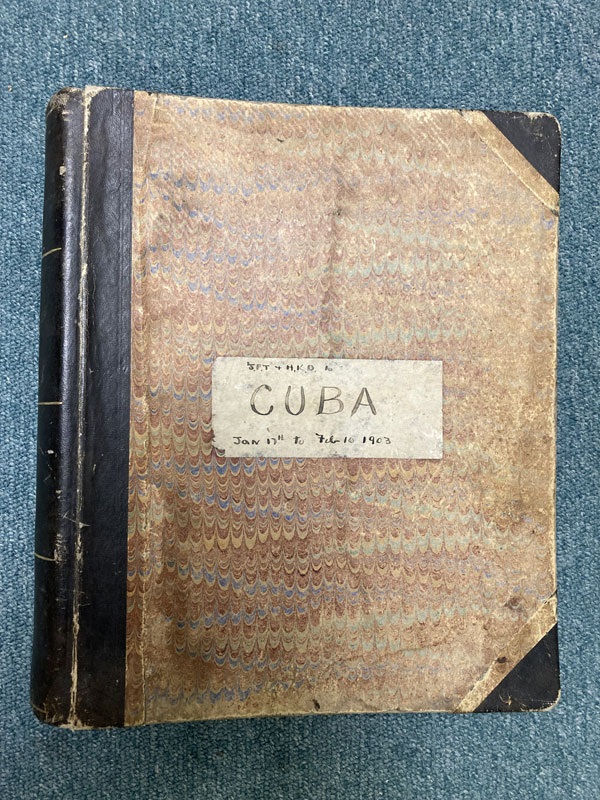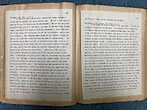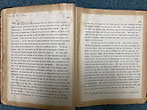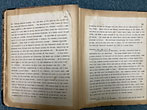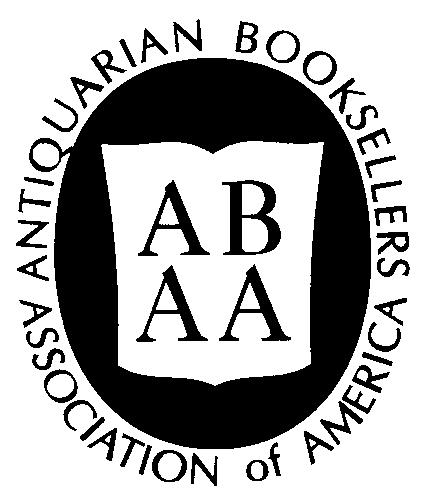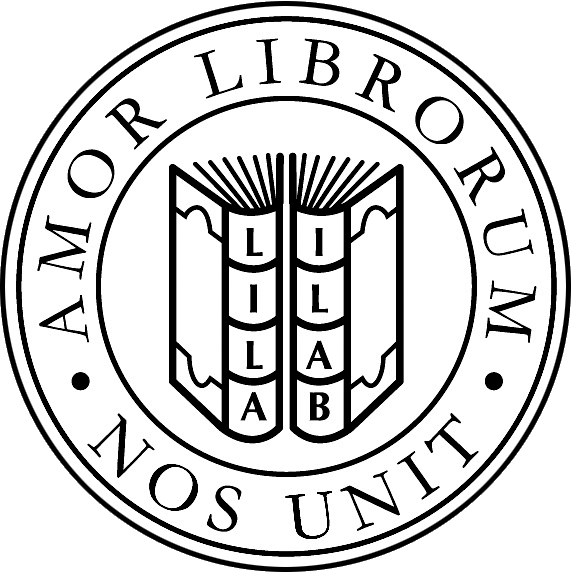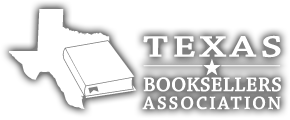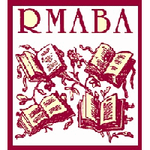Dealer in Rare and First-Edition Books: Western Americana; Mystery, Detective, and Espionage Fiction
A Collection Of Letters ... J.F.T. & H.K.D. To Cuba Jan. 17th To Feb. 10, 1903
DYER, HENRY "HARRY" KNIGHT & JOEL FRANCIS "FRANK" TALBOT
Other works by DYER, HENRY "HARRY" KNIGHT & JOEL FRANCIS "FRANK" TALBOTPublication: Dennison & Co, 1903, New York, Chicago & Framingham, MA
12" x 10"in contemporary black half-calf over marbled paper boards with manuscript title label on front cover. 25, 15, 24-32, 16-23 pp. (Some letters misbound out of sequence). Approximately 18,500 words, mimeographed and mounted on [60 pp.] of 116 blank pp. Many of the pages have hand-written pencil annotations or indications to which wife the letters were sent. A contemporary copy letter book preserving extended detailed letters, which though often acerbic and jingoistic, offer an excellent firsthand memoir of the impressions, thoughts, and experiences of these wealthy Progressive Era executives to their wives, Ella Talbot and Caroline Price Dyer, while traveling to Cuba and The Bahamas. As vice president and president of the noted Dennison & Co. paper novelties and stationery company, they apparently intended for the business to further develop old and new business just four years after the end of the Spanish-American War. The two men sailed from New York Jan. 17, 1903 onboard the SS Mexico which at the time was flagged by the New York & Cuba Mail Steamship Co. (Ward Line). They note in the first page that they intend to write alternating letters with Mrs. Brennan in the Dennison offices transcribing them, and sending on letters from both to their wives. Harry & Frank spend their time shipboard, smoking, playing cards (Harry failing in teaching Frank how to play cribbage), walking their daily mile (18 times around the deck), and watching the distant lighthouses. Frank's first thoughts on reaching Havana, touch on the Spanish-American War, and that the wreck of "The Maine" offers, "a sad reminder of the terrible calamity that sent hundreds of our brave soldiers to speedy death and startled the world. There is, I find a variety of opinions at this late date, as to the cause of the disaster, but all agree the event ... gave to Cuba her freedom." Upon arriving in Havana, and their decidedly dungeon like hotel, they spend time sightseeing, meeting contacts, drinking what they called a "Pine-apple Squash" and attempted to sleep on a thin blanket stretched over a spring and iron bedstead listening to the "monotonous buzz of the American 'skeeter' banished all hope of a sound sleep." A relative and client named Hibbard maintains a comfortable home in Havana with traditional iron grated windows, formidable door, and a refrigerator, and from a decidedly North American Imperialist sensibility writes that the sanitation, parks, electric trolleys, and banning of smoking on trolleys were all rules instituted by General Wood, and continued by President Palma after his election in 1902. He notes that due to Wood's "rules and actions he has made an impression on these 'dagoes' that is bearing fruit, and when we are ready to take the Island [Cuba] it will be worth something." Dyer also observes that "everywhere are well cultivated gardens, run by Chinamen," and later in the trip after visiting the botanical gardens, they "passed many Chinamen with two large baskets ... bearing their vegetables to market. This individual seems to be as industrious here as in our own country." Although little known, the Chinese Cubans, or "Chinos Cubanos" were a significant population in Cuba in the 19th Century topping out at over 100,000, and avid supporters of Cuban independence. Following the Spanish-American War, many of them which had been brought as indentured slaves under contracts. Although promised return passage to China, most never received passage, and after their independence would open businesses, fruit & vegetable stands, laundromats, and cafeterias, marrying local women, and assimilating into Cuban culture. Dyer writes about a mirror in their hotel surviving the Spanish-American War with a bullet hole, detailing that on "the night before the Spanish evacuated the City [Havana], the Cubans were allowed to enter the City and a few found their way to the hotel. Their success made them inclined to be a little fresh and they began calling the Spaniards names, when firing began and seven Cubans were killed. The hole in the glass was made by a bullet which killed a Cuban general ... one thousand dollars were offered the proprietor of the hotel for the mirror ... but same was refused." The two also describe the roads as the worst they have ever traveled on "mud to the hubs, holes, hills, rocks, everything that could make a road bad" while traveling to inspect a sugar plantation producing 400,000 lbs. every 24 hours "and there did not seem to be over 100 hands around, all cheap darkies at 20 to 25¢ per day, with only one garment on." On their visit to the Opera House, Dyer felt it was a "dull work" but he never saw a more handsome house ... entirely white [interior] ... very large stage, but poor scenery" and the audience included "ladies in white, a few in bright reds, scarlets, and salmons, all with jet black hair, bright eyes, and all less than 30 years old beautiful ... the bulk of those over thirty are fat, gross looking, and need shaving ... " Frank writes later on Jan. 26th about a tour of Morro Castle - "I can give no account of Morro that would convey in the least the truth of this dismal old fort. You can as you pass along the parapets by the dungeons across the moats, imagine the story of cruelty and torturous death, these weather beaten walls could tell. While in Cuba they visit a cigar factory turning out 22,500 cigars a day, a Jai-Alai game where Frank is very impressed by the betting raging around the matches, and even managed to squeeze in a sales call on M. Carranza where Harry writes to Mrs. Dyer that "Frank was talking to one of [the] pretty salesgirls who had gone to live in Key West to learn the language ... she was Carranza's chief saleswoman. Frank wanted to be taught Spanish; she was willing if he would stay long enough (Thank the Lord our trip is planned and we leave her Monday, or our profits on Chicago would suffer)." Although Dyer retained considerable biases against Black Cubans he writes about an orchestra at the "Alhambra Theatre" that it was a pleasure to watch "a black nigger" play an odd instrument "shaped like a horn of plenty about the size of a French Horn ... played in connection with the kettle drums, and has a weird, and not unmusical effect." While steaming to The Bahamas, the SS Yucatan stops in Santiago de Cuba to load more cargo, and Harry & Frank tour the city in fine condition, with clean asphalt streets built by the US Army. Dyer details a visit to San Juan Hill, and notes that during the battle "a colored regiment marching up retreated to the West and up the San Juan, drove the Spaniards back, and saved Roosevelt's regiment and the day. When the Hill was carried, the Spaniards were driven back into the valley, were covered by our soldiers on the Hill and surrounded by the colored troops, saw that the jig was up, so surrendered." The Battle of San Juan Hill was called the most integrated battle force of the 19th Century, with Buffalo Soldiers of the 24th, Infantry and the 9th & 10th Cavalry fighting with the 1st Volunteer Cavalry, and 26 died that day, and Quarter Master Sergeant Edward Baker, Jr. 10th Cavalry was awarded the Medal of Honor for his heroism. Unfortunately for Harry Dyer, he had contracted a staph infection and boil on his back in Cuba, which incapacitated him after they reached Nassau. Frank travels around the Island, visiting restaurants, playing cards, and sightseeing. He writes about taking an excursion boat with a glass viewing window to see the coral reefs off Nassau. These revealed "seaweed in various colors, sponge coral in a variety of forms, and color fished by the hundreds ... I had been at various places much interested in aquariums that displayed the handiwork of man, but this one of nature's surpassed them all." Unfortunately they received a cable sent from Vice President Charlie Dennison saying labor troubles in the factory at Framingham, Massachusetts, demanded their return as soon as possible. Henry Dyer (1847-1911) had grown up in Brooklyn, New York, attended public schools and began working as an errand boy for Dennison & Co. in 1859, eventually rising to be president of the company until 1904, and then organized the Home Trust Company in New York. Talbot (1850-1944) who had begun as a tag cutter at the Dennison factory in 1867, worked for the firm in Chicago, and later manager in St. Louis, before rising to Vice President in 1896, and later served as president of the company from 1906-1909. We could find no similar collection of these letters in any collection. Edgewear, rubbing, scuffing, shaken, old tape repair to tear at gutter margin back cover, interior toning to the writing paper leaves, but mimeographed still mostly unaffected. Good.
Inventory Number: 44229Sold -- Contact us
